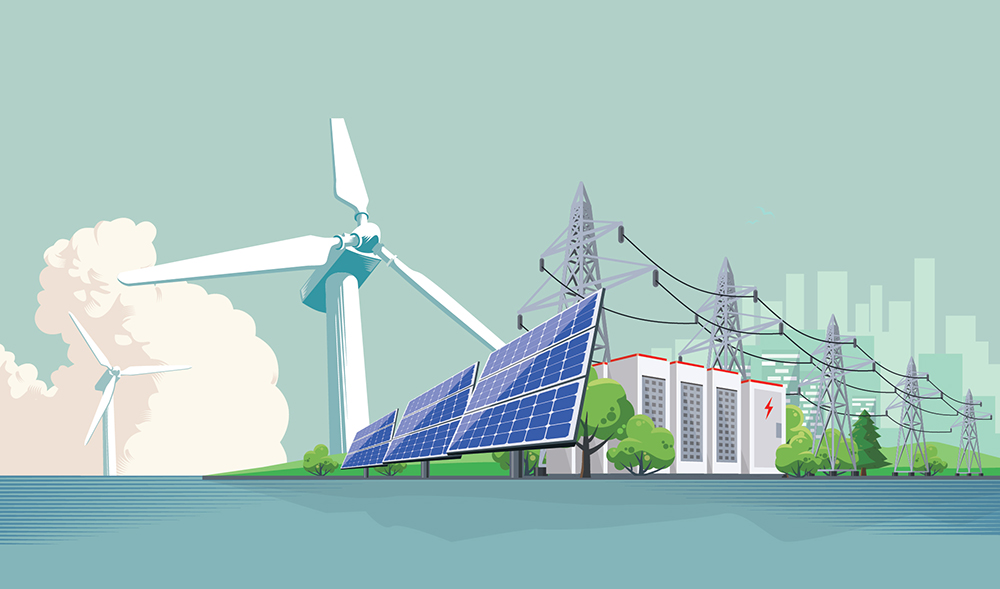According to the US Energy Information Administration’s (EIA) Monthly Energy Review, for the first time in 134 years, US annual energy consumption from green energy sources exceeded coal consumption in 2019.
With coal declining and wind and solar growing, coal consumption in the US dropped by almost 15% in 2019. On the other hand, total renewable energy consumption grew by 1%. According to the EIA:
“In 2019, US coal consumption decreased for the sixth consecutive year to 11.3 quadrillion Btu, the lowest level since 1964. Electricity generation from coal has declined significantly over the past decade and, in 2019, fell to its lowest level in 42 years. Natural gas consumption in the electric power sector has significantly increased in recent years and has displaced much of the electricity generation from retired coal plants.
Total renewable energy consumption in the United States grew for the fourth year in a row to a record-high 11.5 quadrillion Btu in 2019… In 2019, electricity generation from wind surpassed hydro for the first time and is now the most-used source of renewable energy for electricity generation in the United States on an annual basis.”
The EIA notes that Wood was the primary source of US energy until the mid-1800s and was the only commercial-scale renewable source of energy in the United States. It was only until the first hydropower plants began to produce electricity in the 1880s that that would change. This was followed by the us of coal in the early 19th century. Coal was first used to fuel steam-powered boats and trains and manufacture steel, but was later used to generate electricity in the 1880s. “Renewable energy is more broadly consumed by every sector in the United States. About 56% of commercially delivered US renewable energy is used in the electric power sector, mostly from wind and hydroelectric power, but different types are also consumed in the industrial (22%), transportation (12%), residential (7%), and commercial (2%) sectors.”

